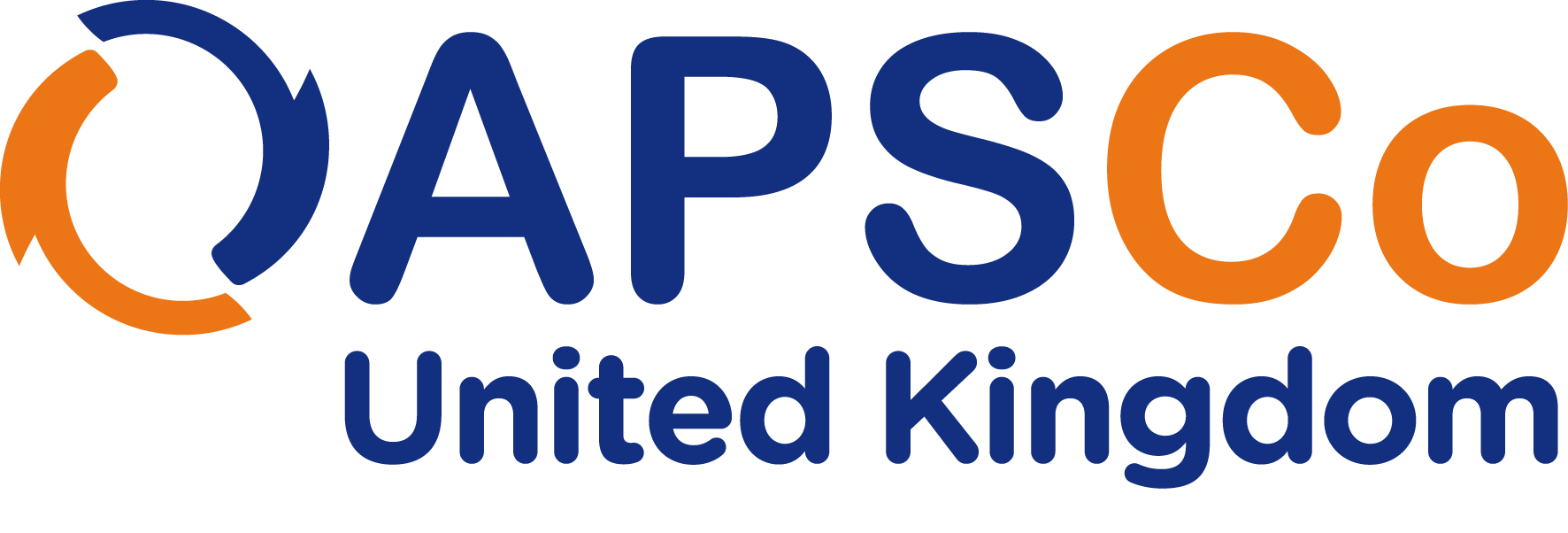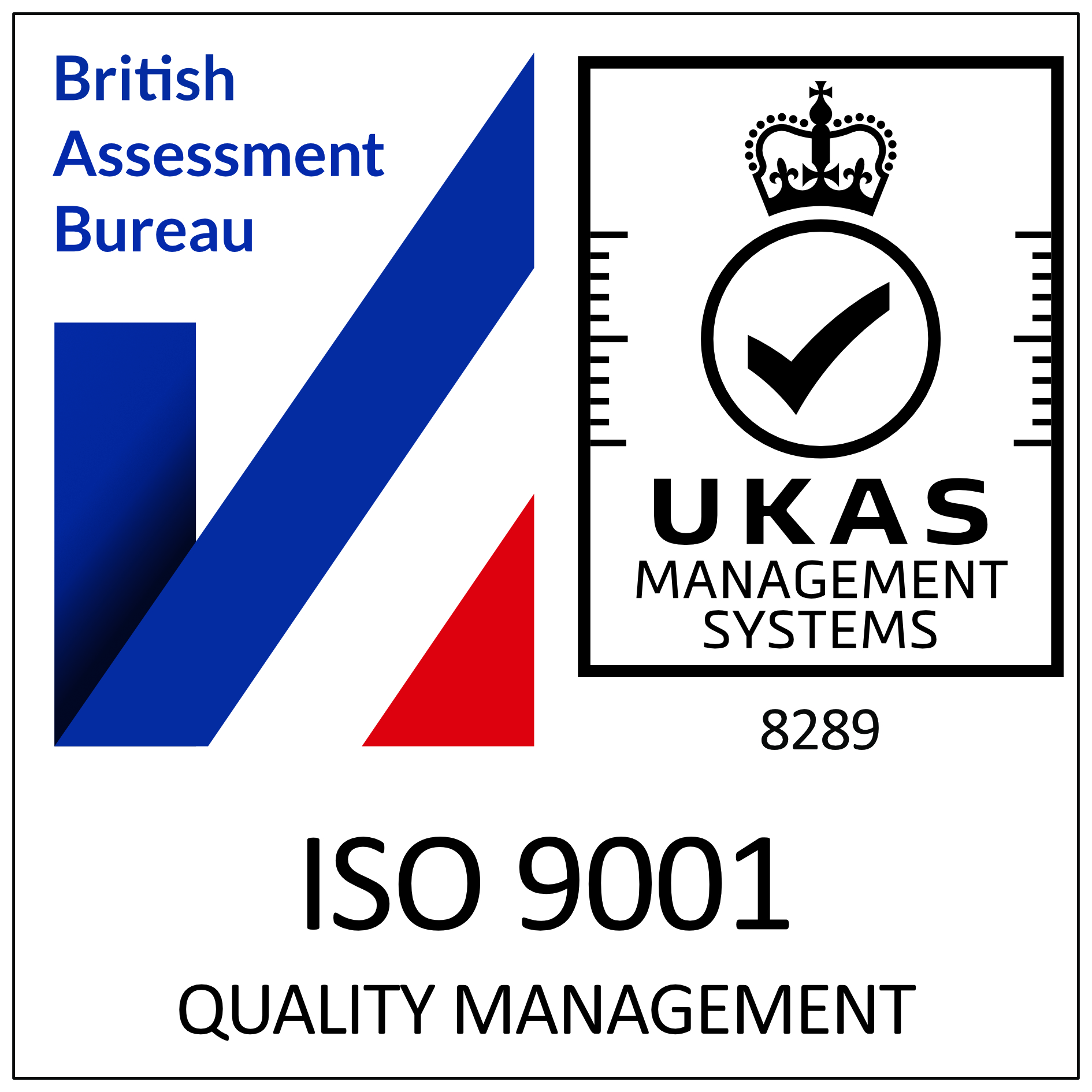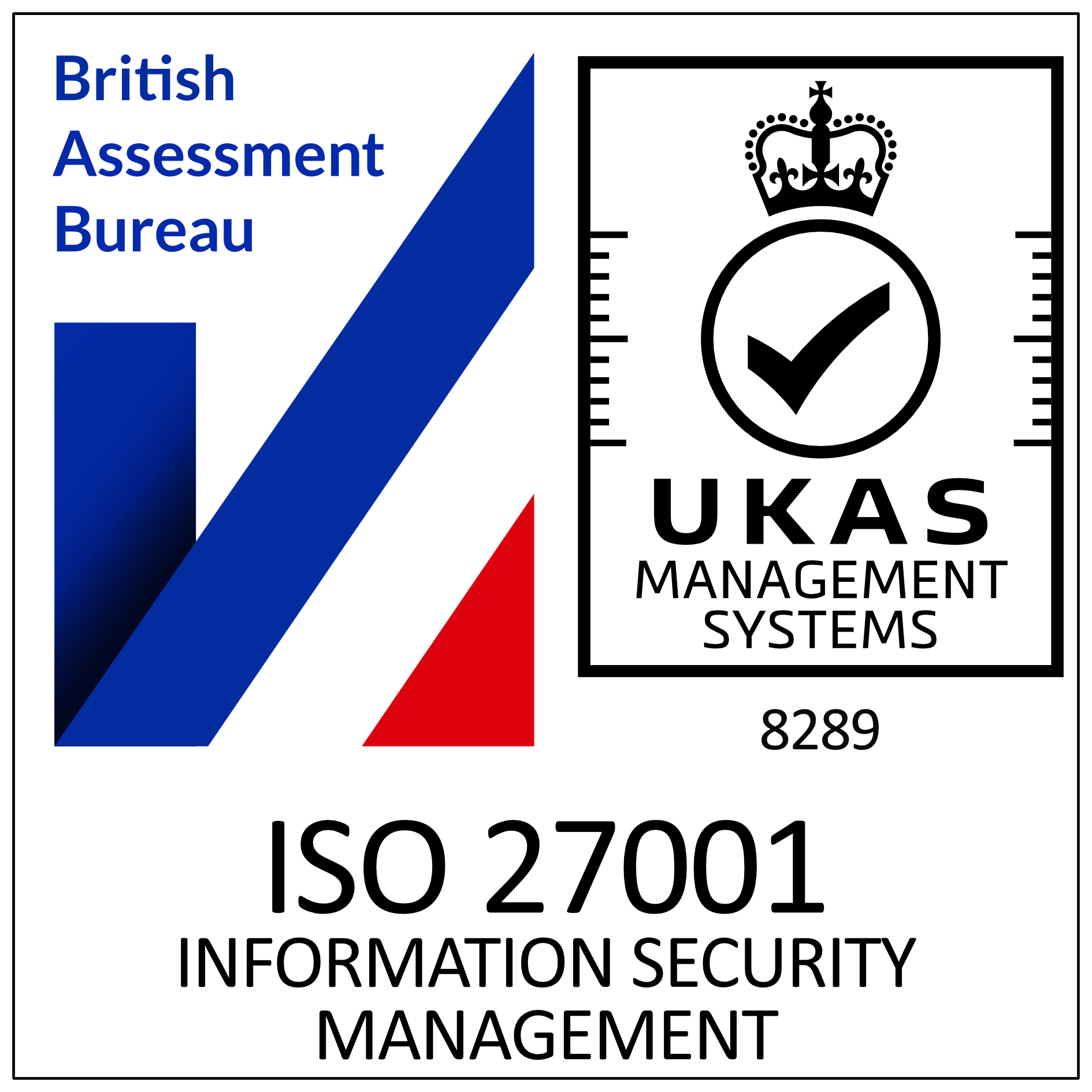
In our previous blog ‘What Are the Uses of HR Data & Analytics’ we discussed the different business areas that can benefit from HR data and analytics, and looked at practical examples that you could apply to your own organisation. Now, we share our top tips to get right when using HR data and analytics strategically – helping you to get another step closer to achieving your business goals!
1. Collect HR data which aligns with your business KPIs
Identify the HR data which will help the business to monitor performance against the wider business objectives and KPIs. Be disciplined, challenge expectations and aim to identify 5 – 10 data points which will add value. Read our white paper ‘Why HR Data is the Key to Achieving Your Strategy’ for practical examples.
Keep a focused approach and only capture the relevant data which will confirm whether the business is on track or not – producing too much data will be costly and time consuming. We often find that there are lengthy board reports being produced for the sake of it, that no-one looks at, asks questions of, but have become expected.
2. Invest in building your HR systems and processes, without busting the bank
This may be an investment of time and/or money to set up your systems which will enable you to collect, analyse and report on your HR data. There are several key aspects to consider before making this investment:
- The information you require to generate meaningful data
- What the trigger points are to produce data
- How you currently collate data
- How you can make data collection, reporting and analysis and more efficient
- The audience
Keep the cost low through an off-the-shelf solution or start out by utilising Excel to refine your data and requirements.

3. Best practice is what is best for your business
We often find that organisations use data to report on a set of key metrics including Staff Turnover %, Time to Hire in days and Average Length of Service. However, it’s important to ask yourself how these link to overall business objectives and KPIs. Are these the metrics that are going to drive your specific goal forwards?
Choosing which metrics to report on can be challenging. However, by considering what information you need to assess what good looks like for your business can be a great starting point. Remember, what works for one business isn’t going to work for another. Every business is different, so your best practices will be too!
There are, of course, some businesses that have regulatory reporting requirements too, such as Gender Pay Gaps or Equality & Diversity data. If equality is a big part of your strategy and culture, think about how this data could keep your business on track.
4. It’s not just about looking back, it’s about looking forwards too!

HR data and analytics can provide important historic insights into why particular events or challenges have occurred in your business. What’s more, you can use these insights to learn from mistakes and improve your processes.
Yet, any people related data will add the most value when it provides insights and future predictions for the benefit of the business. Identifying trends, spotting potential problem areas and recognising successes will all help to provide you with a true oversight of where your business is now and where it’s heading.
This leads to our next top tip…
5. Be prepared to act on the results
Once you have the right data and analytics, be prepared to act on them. Be proactive. If you have identified a downward trend, now is the opportunity to take action to rectify it before a bigger issue occurs. If there’s an area of your business that is performing exceptionally well, explore the reasons why and see if you can replicate it across other areas.
Measuring the impact of your actions will provide a clear return on investment. How have your metrics performed following your actions? How long did it take before you saw results improve? All this information will help you keep a step ahead and continue to move towards your business goals.
6. Involve the right people from the start
Involving the right people throughout the business ensures that HR is truly integrated. This will help to align everyone with your overall business goals. This is because sharing which metrics you will be tracking (and why) provides clear objectives for your team to focus on. It also provides a better insight into how each of the metrics are interconnected.
Additionally, it allows you to utilise the skills and technology that already exists in your business. As well as highlight which areas may need additional investment to track metrics. Furthermore, by involving experts in their field, you can better ensure that your data is accurate. Data integrity is vital, or any decisions made will be based on incorrect assumptions.

Regardless of size, businesses can face a variety of different HR challenges. At The Curve Group, we provide expert HR support to deliver strategic objectives or to resolve complex people challenges. We can deliver one-off interventions or ongoing projects to support business change, growth, and development or HR and Learning and Development challenges.
Our flexible, scalable, and cost-effective HR solutions cover the entire employee lifecycle. We offer project-based expert HR support to deliver restructure programmes, redundancies or to resolve tricky Employee Relations cases. Whilst our HR Administration outsourcing services can save you money and free up your time to focus on more strategic HR projects.







